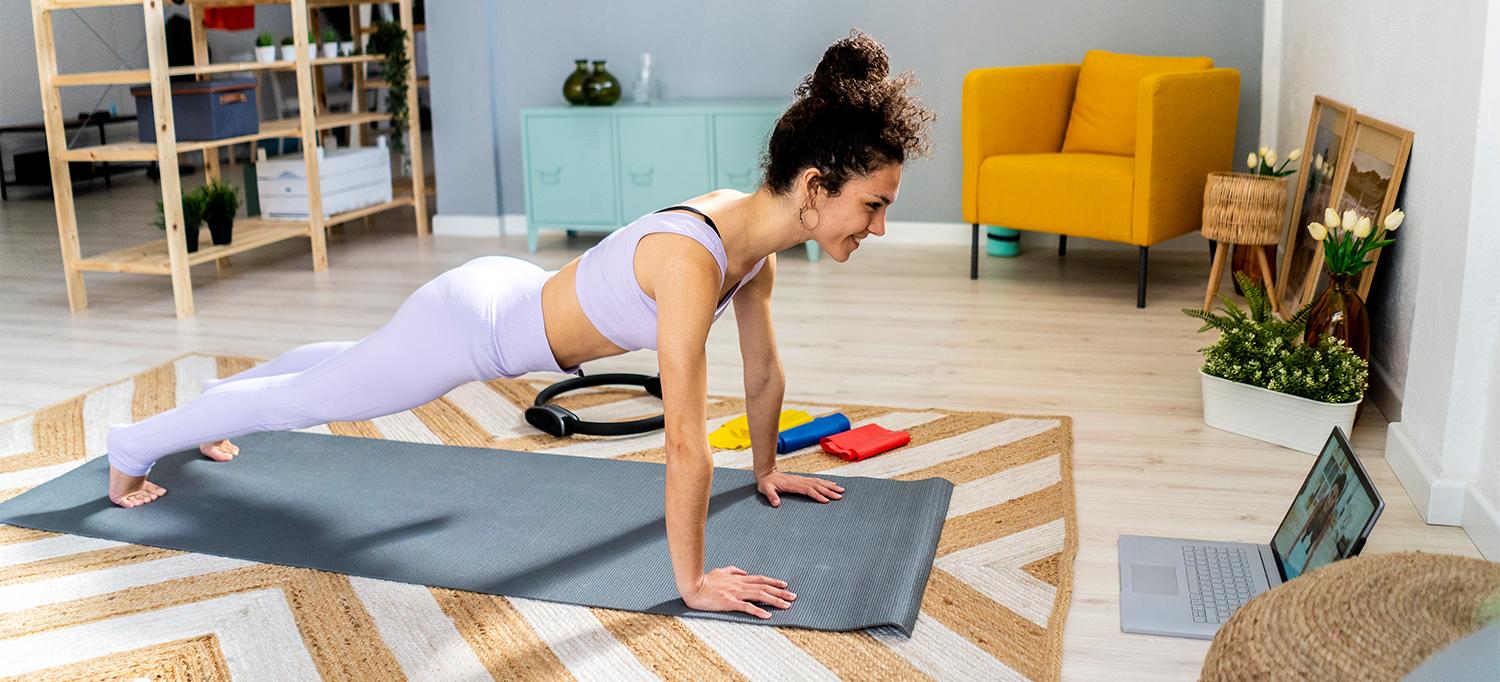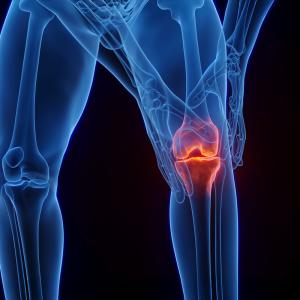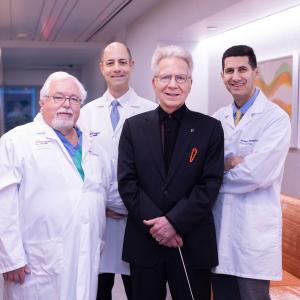
Photo: Westend61/Getty
An avid yoga practitioner, Kira, 35, feels in tune with her body and can tell when something isn’t right. So when her left arm swelled up without explanation, Kira knew she needed emergency care.
At the Ronald O. Perelman Center for Emergency Services, doctors found a large blood clot that had formed under her collarbone. Kira was admitted for surgery to remove the clot, which can be life-threatening if it breaks loose and travels to the heart or lungs. Finding the cause of the clot is crucial to reducing the risk of developing another.
NYU Langone vascular surgeon Michael E. Barfield, MD, found the problem. Kira had developed thoracic outlet syndrome, which is caused when arteries, veins, or nerves between the upper ribs and collarbone become compressed and scarred. The condition is most common in athletes who perform repetitive overhead arm movements, such as baseball pitchers and swimmers, but can also result from injury or another condition, such as being born with an extra rib. In Kira’s case, it was extra cartilage on her first rib.
The diagnosis was the start of a months-long journey to get Kira back to doing the things she loves, including yoga. She needed surgery to alleviate the condition, a nearly two-hour procedure that involved widening the thoracic outlet and taking out her first rib and the additional cartilage. In preparation for the procedure and to improve her recovery, Dr. Barfield recommended that Kira start physical therapy.
“The physical therapy sessions helped me regain my range of motion, and I was able to get back on the mat to do yoga shortly after surgery. The process would’ve been so much slower without Corina in my corner.”—Kira, Age 35
Kira worked with Corina Ehrenberg, senior physical therapist at NYU Langone’s Sports Performance Center, in the three months leading up to surgery. Corina understood how important it was for Kira to regain her physical strength. “Her depth of knowledge is amazing,” Kira says. “Corina is so good. She just gets it right every time.”
After surgery, Kira was able to continue her rehabilitation and physical therapy sessions with Corina through video visits. “She already knew how my body worked, and that’s why I think video visits worked so well for me,” Kira says. “She listened closely to issues I was having, suggested very helpful exercises in response, and demonstrated them for me.”
Kira credits the physical therapy sessions with reducing pain and speeding her recovery. “The physical therapy sessions helped me regain my range of motion, and I was able to get back on the mat to do yoga shortly after surgery,” she said. “The process would’ve been so much slower without Corina in my corner.”

